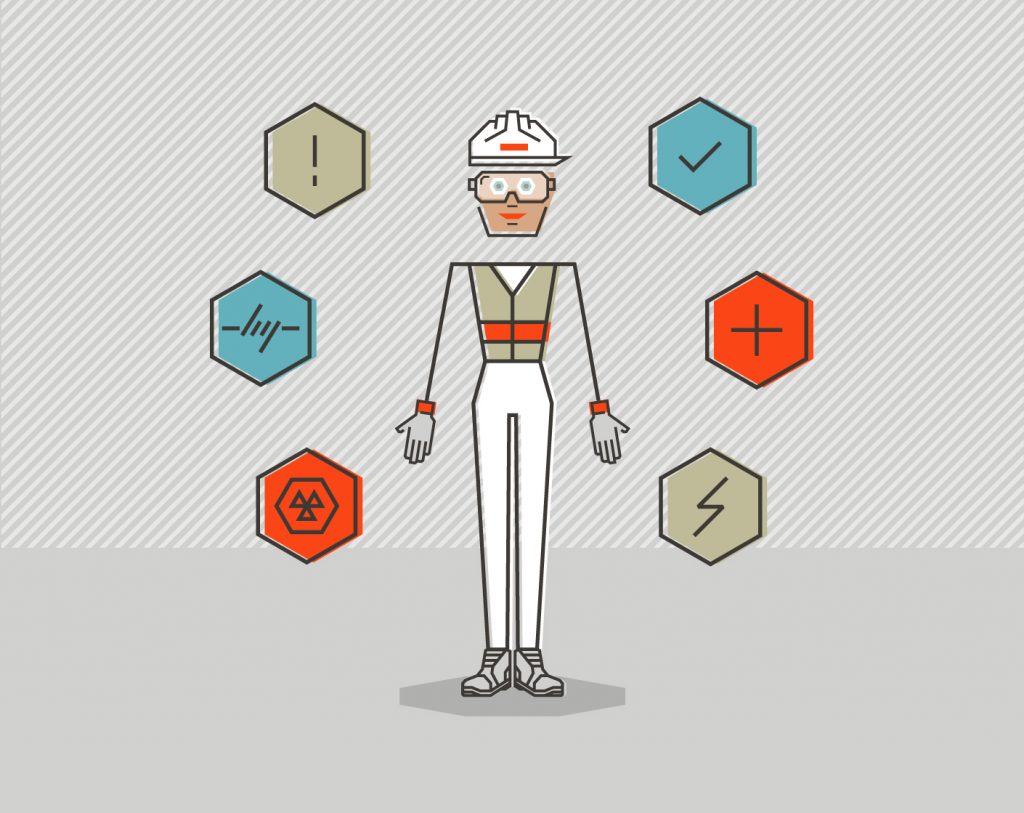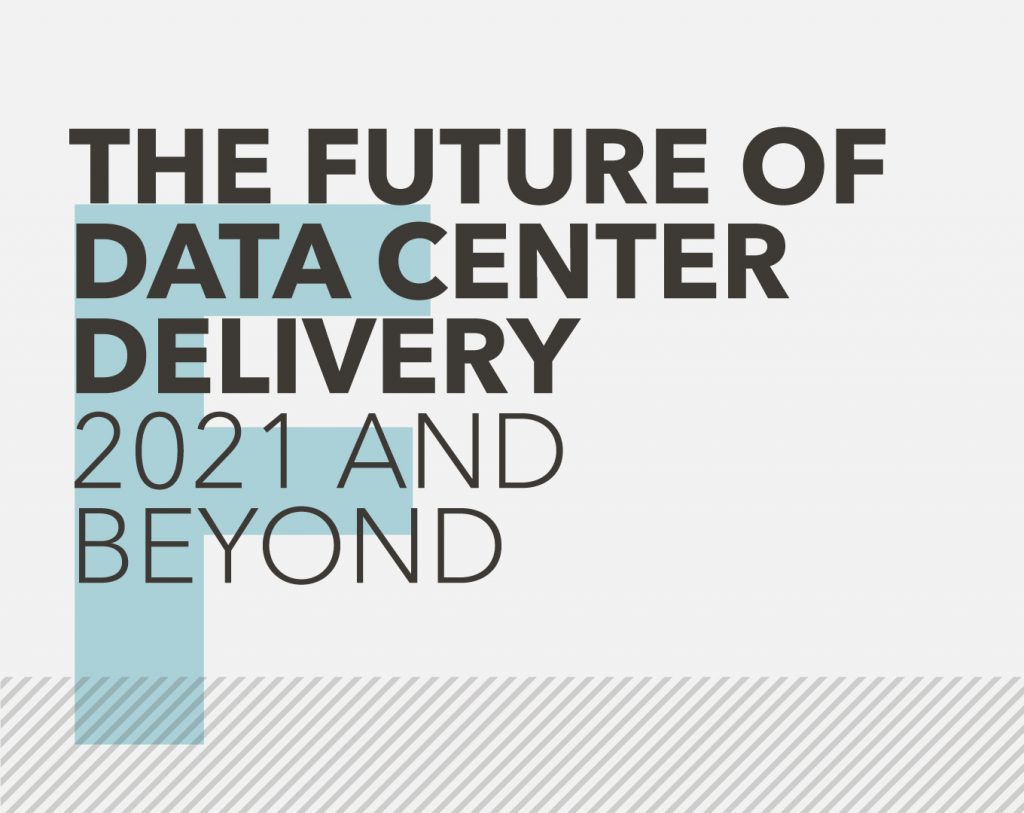Beyond real estate: An integrated, collaborative approach to hyperscale can propel the data center sector forward

Soumaya Graine, Strategic Negotiations Lead at Yondr, believes the hyperscale infrastructure sector and its clients could unlock significant benefits by working collaboratively and shifting from a commercial real estate and construction lens to one that considers a range of interconnected aspects. In this article, we dive into what this philosophy looks like in practice.
The rise of hyperscale
Digital infrastructure has existed for a while, and the industry has expanded to accommodate a wide range of data center tenants with varied needs – from retail, enterprise, and hyperscale to colocation and the build-to-suit model. Hyperscale facilities are both the newest and the fastest-growing segment.
Why is this growth occurring? Because hyperscale is an enabler to achieve massive scale in computing and meet the requirements of the modern digital landscape.
The expansion of hyperscale has been driven by several factors: The COVID-19 era was certainly a catalyst for this change, as capacity needs skyrocketed with more people working from home and many companies concurrently became more comfortable moving to cloud services. We have witnessed the growing ambition of governments globally to improve connectivity and access to digital services. Hyperscale data centers are also becoming a distinct asset class, with growing appetite from infrastructure funds and other investors to provide debt and equity financing.
On the technology side, the rise of big data and cloud services have also been major accelerants toward hyperscale. While these technologies were initially implemented mostly by large multinational corporations, they are becoming common for organisations of all types and sizes. The expansion of artificial intelligence (AI) is having a similar impact, as it also inflates capacity requirements.
Over the course of my career in project development, finance and mergers and acquisitions, I have experienced the growth and evolution of a number of industries, from mining and minerals to power and gas to renewable energy. As the trends I’ve mentioned continue to push hyperscale forward, I’m excited to be a part of Yondr, with tech companies relying on our teams to help them meet their infrastructure needs and scale up faster to handle the complexity of cloud, big data, and AI projects.
Hyperscale: More than commercial real estate
Data centers were once a niche segment within the commercial real estate sector, but with the rise of hyperscale, these data centers are evolving into a growth industry, a separate segment, and a distinctive asset class that requires extensive specialised knowledge.
The decisions clients must make go far beyond the decision of where to build the facility or lease space. The complexity of hyperscale requires consideration of factors such as location, financing, power, fibre optic networks, design and technology solutions, delivery, security, operations, local regulations and business environment, and sustainability – both for the climate and local communities.
Having lived and worked across three continents – Africa, Europe, and North America – and led transactions globally including in Asia and Latin America, I am well-versed in the complexities of these decisions, and I now work with them daily during my negotiations with Yondr clients on hyperscale projects. The development organisation – which my leasing team sits within – has a unique structure at Yondr: It encompasses teams from land acquisition, power, sales, marketing, sustainability and corporate development. Instead of being purely sales-focused, the goal of the leasing team is to:
- Have an understanding of the clients’ unique needs and challenges
- Negotiate positions that are win-win for both parties and establish long-term partnerships globally
- Collaborate cross-functionally and use our expertise and breadth of experience to meet their global capacity needs and strategic goals
- Help solve their problems holistically
For our own business, the aim is to achieve these outcomes for our clients while establishing ourselves as a global industry leader, managing our risk as a developer (amid large, upfront capital investments and contractual lease terms of 15+ years), and delivering value to our investors and people in a long-term, sustainable fashion.
What hyperscale infrastructure can learn from other industries
Our development team’s goals – prioritising collaboration and holistic problem solving – are aligned with Yondr’s approach to hyperscale infrastructure. These are also lessons learned from more established industries.
The internal collaboration within Yondr’s development team is only one example of the practice in action; I believe it is also crucial to collaborate externally with clients, players in other industries and civil society – including real estate, power, utilities, telecom, operators, general contractors, lenders for the projects and local communities – to come up with effective and custom solutions that reflect the unique circumstances of each transaction and each client given the rising complexity.
Regulation, land and power constraints, higher costs of financing and increased competitiveness mean we must work together to secure power supply, fibre, water, land and financing in more challenging environments.
In the long term, this collaboration will have wider benefits: Different stakeholders like developers, clients, and lenders – including both real estate and infrastructure funds – work together over a longer period; share problems they’re working on; jointly find solutions; and move the entire industry forward, attracting more talent along the way. Because hyperscale is a fairly new industry that is expanding exponentially, no one has all the answers at this point. Collaboration throughout the industry can help us all better understand this asset class and the risks involved from all sides and mitigate those effectively.
Other more established industries like power, global commodities and construction, for instance, have found similar success through collaboration. There are standard agreements and frameworks in place that allow companies in these spaces to alleviate pressures and deal with common challenges, but it took years of working together to put those in place and reap the benefits.
The need for this collaboration, and the results that can be achieved as a result, is another reason why viewing these projects through a real estate lens, or hiring purely real estate talent, is limiting. When all of these partners from diverse backgrounds and roles come to the table, we can take a holistic view for each project – some of which last beyond 20 years, and all of which require a long-term perspective.
Hyperscale infrastructure projects are highly complex and, as mentioned above, go far beyond traditional real estate considerations. Clients should enter these deal negotiations ready to consider other elements like technology, power, sustainability, financing, what it takes to build a state-of-the-art facility, and more. Clients should look for a partner with whom they can collaborate to build and implement a comprehensive, global hyperscale strategy.



